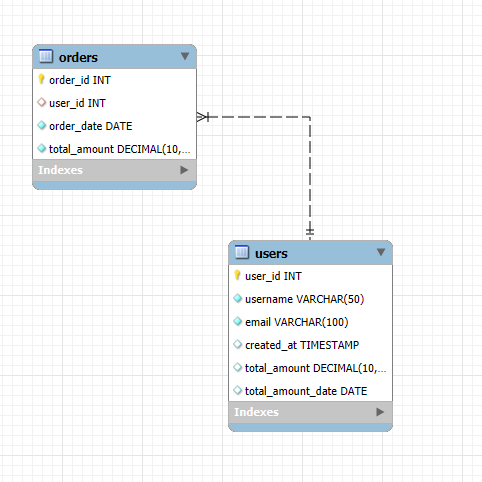
The Future of PHP and Symfony: Predictions and Trends for Web Developmen
Exploring the Latest Innovations and Trends Shaping the Future of PHP and Symfony and What They Mean for Web Developers
As an AI language model, I can rewrite the article you provided. Here is the rewritten version of “The Future of PHP and Symfony: Trends and Predictions for Web Development”:
PHP has been one of the most popular server-side programming languages for more than two decades, and Symfony is one of the most widely used PHP web application frameworks. As the web development industry continues to evolve, it’s essential to keep up with the latest trends and predictions to stay ahead of the curve. In this article, we’ll explore the future of PHP and Symfony and the trends that are shaping them.
Firstly, PHP 8 was released in November 2020, and it has brought many new features and improvements to the language, making it more powerful and efficient than ever before. As more developers move to PHP 8, we can expect to see a significant increase in its adoption rate in the coming years.
Secondly, headless CMS is becoming increasingly popular in the web development industry. Symfony has already taken note of this trend and introduced API Platform, a set of tools and libraries that enables developers to create REST and GraphQL APIs with ease. As headless CMS continues to gain popularity, we can expect to see more Symfony developers leveraging API Platform to build APIs and headless applications.

Thirdly, microservices are an architectural style that structures an application as a collection of small, autonomous services, each with its own business logic and data storage. Symfony has been at the forefront of this trend, providing a solid foundation for building microservices with its components and bundles. As more companies adopt microservices to build scalable and maintainable applications, we can expect to see more Symfony developers using its components to build microservices.
Fourthly, Symfony has one of the largest and most vibrant ecosystems in the PHP community, with a vast library of bundles, extensions, and components that developers can use to build applications quickly and efficiently. As Symfony continues to evolve and grow, we can expect to see more libraries and extensions being developed to complement its core functionalities.
Finally, Web Assembly is a new binary format that enables developers to run applications written in languages such as C, C++, and Rust on the web. PHP is also exploring this technology, and there are already efforts to bring PHP to Web Assembly. As this technology matures, we can expect to see more PHP developers exploring its potential and building applications that can run natively in the browser.
In conclusion, PHP and Symfony have a bright future ahead. With the release of PHP 8, the rise of headless CMS, increased use of microservices, the continued growth of Symfony’s ecosystem, and the emergence of PHP Web Assembly, we can expect to see more developers adopting PHP and Symfony to build modern web applications. If you’re looking for a reliable and experienced Symfony development team, check out Lytvynov Production. Their team of experts has extensive experience in Symfony development and can deliver high-quality solutions that meet your business needs.










